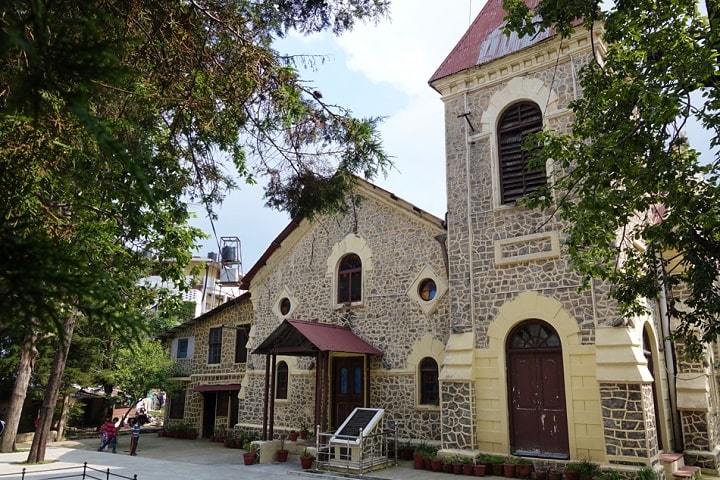Dry & Rocky trail in the beginning
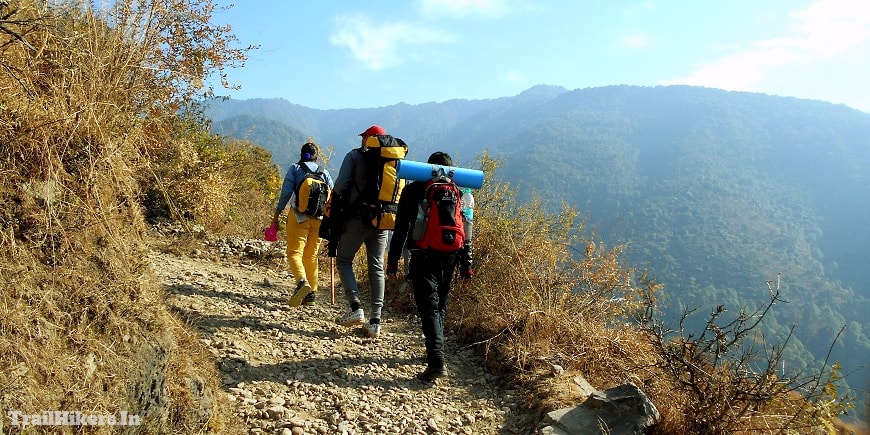
Nag Tibba trek has a challenging dry & rocky trail on a moderate gradient for the first 1.5 km on Day 1. This rocky trail starts right from the village Bandasari as you start the trek. It can be a bit strenuous especially if you are hiking on a bright sunny day or in summers. This part of the trail will make you sweat even in winters (especially the first 900 m initial ascent). It is highly recommended to keep yourself well hydrated & carry only a moderate size backpack on this kind of trail. One should also be extra careful while walking over this path which has rocks & little boulders. In fact, this rocky trail is the only difficult & challenging part of the Nag Tibba trail. Once you cross this rocky part of the trail, the path becomes almost flat & then eventually turns into a much easier forest trail.
Forest Trail

The trek has a beautiful forest trail which will give you a sense of nature walk & insight into Himalayan flora & fauna. After you cover the 2-3 km of dry & rocky path, the trail enters a forest after ascending through 2-3 big grass clearings. You will find yourself nature walking through dense forest of oak, devdar, rhododendron trees. This forest trail is great adventure especially if you are interested in Himalayan vegetation, wildlife or photography. The forest trail stretches all the way upto the Nag Tibba summit with some small grass clearings & a huge flat clearing near the Nag Devta temple (Nag Tibba base).
Nag Tibba – All Season trek
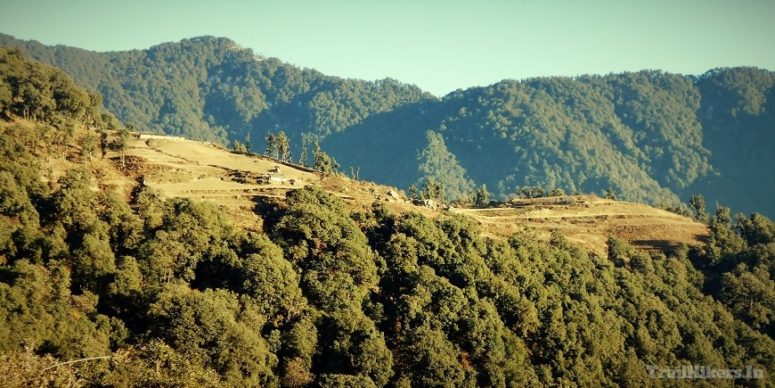
Nag Tibba is an all season trek & can be easily done in all weather conditions. Nag Tibba region is mostly moderate in terms of weather conditions in all seasons. This easy trek in Uttarakhand has a different charm in every season. In winters, you experience a snow trail in the higher reaches of the mountain while in summer season, the pleasant weather, cold breeze & clear skies will force you to camp out. During monsoons (rainy season), the Nag Tibba region appears to be covered in green carpet, perfect for photography.
Winter Trek

In winter, there are ocassional showers in lower reaches of the trail & in village Pantwari while it snows moderate to heavily beyond the Nag Tibba base. During winters, one can have a dual experience of forest trail as well as snow trail as there is a high chance of snow beyond the Nag Devta temple. In winters if its raining at village Pantwari, then sure its snowing on the higher reaches of the Nag Tibba mountain. For a winter trek to Nag Tibba, especially if one is camping out, one must have all the essential winter clothings like inner thermals, warm lowers, sweat shirts, jacket, woolen cap, gloves etc. For hiking up during day time on Day 1 though, you will still feel hot & sweaty, even in winters.
Summer Trek
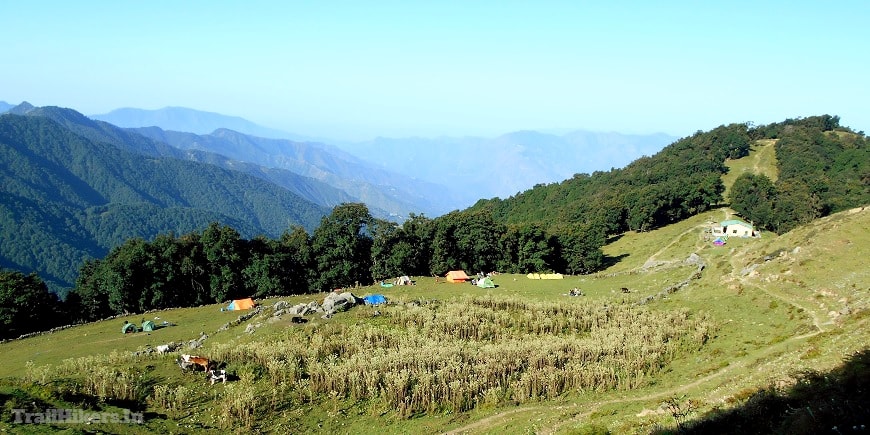
Nag Tibba trek is best weekend getaway near Delhi if you want to escape summer heat of the metro and have a quick & easy Himalayan detour. You can spend a complete day in the scenic village Pantwari & explore the surroundings in the pleasant weather. On the higher reaches of the Nag Tibba mountain, even during the day time, there is always a cold breeze. It is a perfect time to camp out under the clear skies, great for star gazing. Nights are ofcourse a little cold due to the altitude of the mountain.
Rainy Season
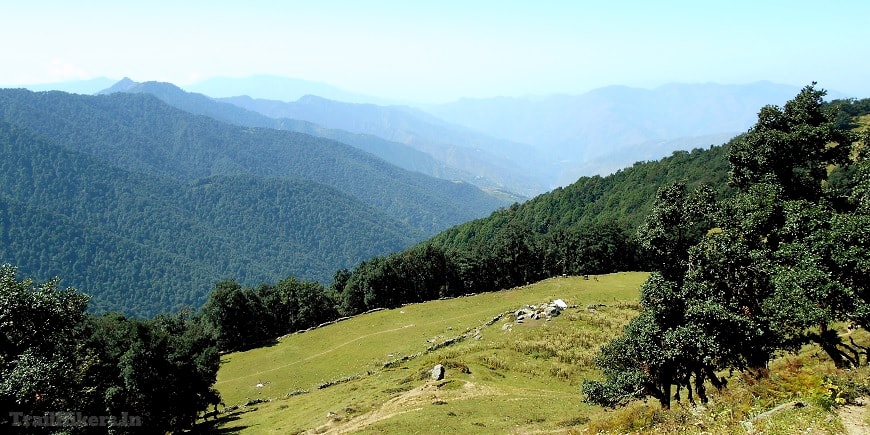
Nag Tibba trek has a unique charm in the rainy season, as the whole region turns into a lush green valley. The Nag Tibba mountain normally receives a good amount of rainfall which turns the trail into a green path. One can spot many species of Himalayan ferns & rare birds especially during monsoons. The initial dry & rocky trail turns a bit slushy & slippery so one should be extra cautious. Once you cross this patch & enter the forest trail, it becomes a visual treat giving you a sense of magnificent scenery & natural detox. It is a must to carry a rain jacket & a rain cover for your backpack in this season. The trek to Nag Tibba in the rainy season is a great opportunity for photography lovers to capture this mountain when its lush green & full of life.






